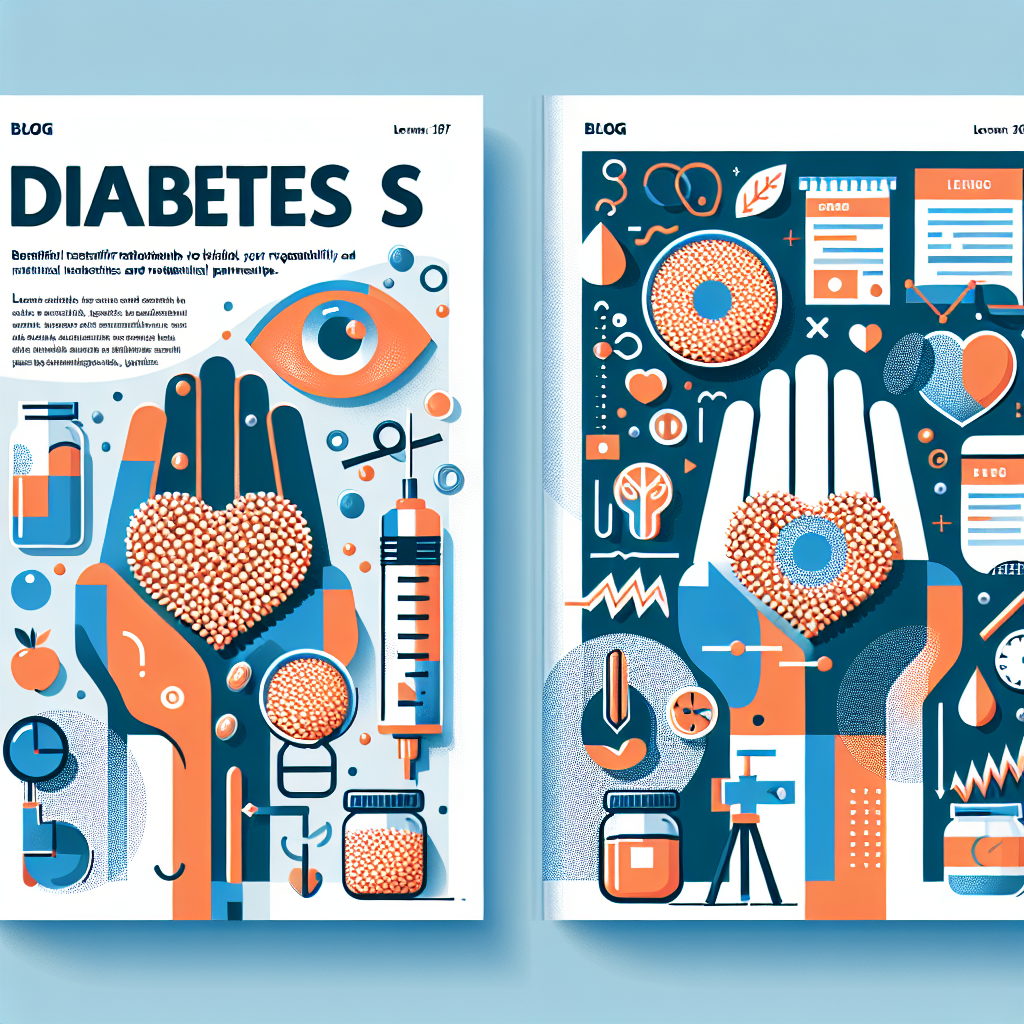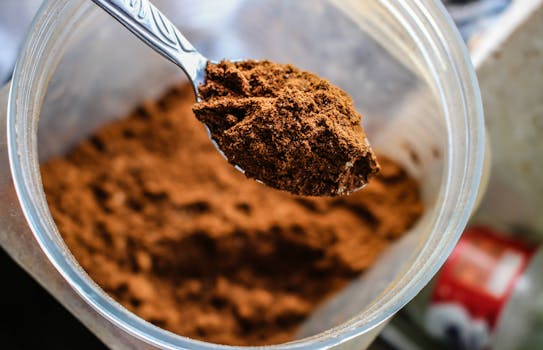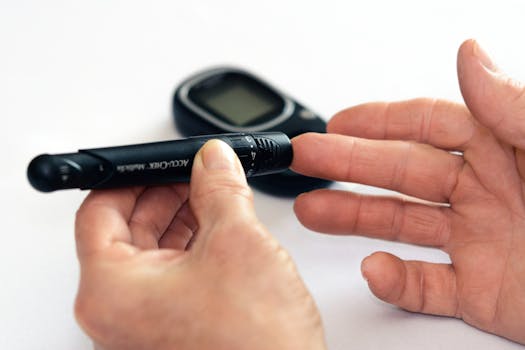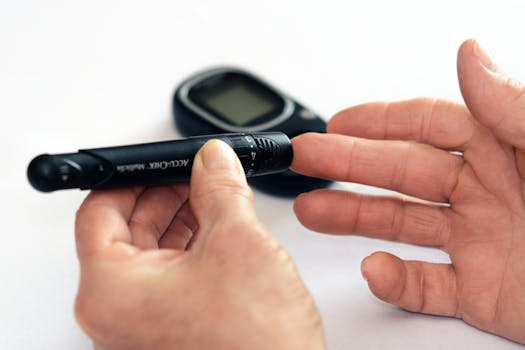If you’ve wondered are lentils good for diabetics, the short answer is promising: lentils can be a valuable part of a blood sugar–friendly eating plan. These legumes are nutrient-dense, affordable, and versatile, offering a mix of fiber, protein, and low-glycemic carbohydrates that help slow glucose absorption. This article explains the benefits of lentils for people with diabetes, smart portion sizes, and practical pairings that support steady blood sugar and overall nutrition.
Are lentils good for people with diabetes?
Lentils have a low to moderate glycemic index compared with many starchy foods, and their soluble fiber and resistant starch help blunt post-meal glucose spikes. For people managing type 2 diabetes or aiming to reduce diabetes risk, replacing refined grains or high-sugar side dishes with lentils can improve meal quality. Research shows that legumes in general help improve glycemic control and can contribute to better long-term outcomes when included as part of a balanced diet.
Why lentils help: nutrients that matter
Lentils pack several qualities that make them diabetes-friendly:
- Fiber: Both soluble and insoluble fiber slow digestion and carbohydrate absorption, which helps moderate blood sugar rises.
- Protein: Plant protein supports satiety and reduces the need for rapid carbohydrate refueling between meals.
- Low fat, low glycemic load: Compared with processed carbs, lentils produce a gentler blood sugar response.
- Micronutrients: Folate, iron, magnesium, and potassium are plentiful in lentils and support metabolic health.
How much to eat: practical portion guidance
Portion control is still important. A typical serving of cooked lentils is about 1/2 cup (roughly 100–120 grams), which contains around 12–15 grams of carbohydrates and 8–9 grams of protein. For many people with diabetes, combining 1/2 cup of cooked lentils with nonstarchy vegetables and a source of healthy fat or additional lean protein makes a balanced plate. If using lentils as the primary carbohydrate at a meal, 1/2 to 1 cup is a reasonable range depending on individual calorie and carbohydrate goals.
Smart meal pairings to stabilize blood sugar
Pairing matters. To lower glycemic load and increase satisfaction:
- Combine lentils with leafy greens, roasted vegetables, or a salad to increase volume and fiber.
- Add a lean protein (grilled chicken, fish, or tofu) or extra plant protein for longer satiety.
- Include healthy fats such as olive oil, avocado, or a small handful of nuts to slow digestion further.
- Avoid combining large quantities of lentils with refined starches or sugary sauces that negate their blood-sugar benefits.
Tips for preparation and shopping
Choose dry or low-sodium canned lentils. If using canned varieties, rinse thoroughly to reduce sodium. Cooking dry lentils is quick (especially red or yellow split lentils) and allows you to control texture and seasoning. Making a lentil stew, a chilled lentil salad with vegetables and a vinaigrette, or adding them to soups and grain bowls are easy ways to include lentils regularly. If you follow carbohydrate counting, weigh cooked portions or use measuring cups to stay within your target.
Special considerations: medication, timing, and glucose monitoring
People on insulin or medications that increase insulin secretion should monitor their blood glucose when adding new foods or increasing carbohydrate foods like lentils. Although lentils have favorable effects on glycemia, they still contain carbohydrates. Regular self-monitoring helps determine how a specific portion influences your blood glucose. Work with a registered dietitian or your care team to adjust medication timing or dosing if needed.
For broader dietary approaches to improving type 2 diabetes outcomes, some readers may also be interested in alternative strategies and structured programs; see this inside look at one such method: descriptive anchor text.
For authoritative guidance on healthy eating for people with diabetes, check resources such as the CDC for evidence-based tips and meal planning ideas: CDC healthy eating for people with diabetes.
Lentils and diabetes: common questions
Some people worry that beans and lentils will always raise blood sugar. In practice, lentils’ fiber and protein content tend to moderate the impact compared with refined foods. Still, individual responses vary, so personal testing and dose adjustments are recommended.
- Substitute lentils for white rice or mashed potatoes in casseroles or bowls.
- Use lentils as a base for vegetarian tacos, mixed with spices, vegetables, and a small amount of healthy fat.
- Batch-cook lentils and portion them into meal-sized containers to simplify healthy choices during the week.
- Takeaways:
- Lentils are a nutrient-dense, low–glycemic option that can support blood sugar control when portioned sensibly.
- Combine lentils with vegetables, protein, and healthy fats to slow glucose absorption and increase satiety.
- Start with 1/2 cup cooked lentils per meal as a guideline and monitor personal blood sugar responses.
Are lentils safe for people with type 1 diabetes?
Yes—lentils can be included in a type 1 diabetes meal plan, but carbohydrate counting and insulin dose adjustments are necessary. Because lentils contain carbohydrates, people with type 1 diabetes should count portions and check blood glucose to match insulin appropriately.
Can lentils help reverse type 2 diabetes?
Lentils alone won’t reverse type 2 diabetes, but they are a useful component of a dietary pattern that improves insulin sensitivity and supports weight management. Significant changes in blood sugar and diabetes remission typically involve broader lifestyle and medical strategies tailored to the individual.






